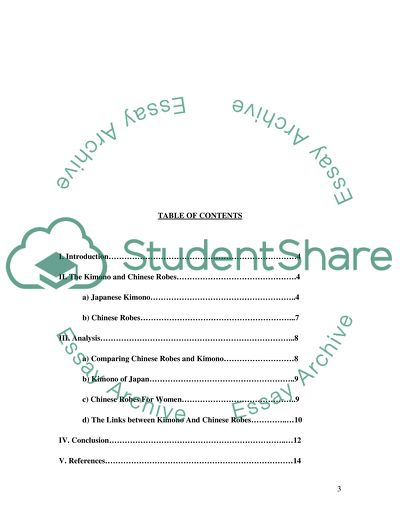Cite this document
(“A comparison between the Japanese kimono and Chinese robe Research Paper”, n.d.)
Retrieved from https://studentshare.org/history/1418385-a-comparison-between-the-japanese-kimono-and
Retrieved from https://studentshare.org/history/1418385-a-comparison-between-the-japanese-kimono-and
(A Comparison Between the Japanese Kimono and Chinese Robe Research Paper)
https://studentshare.org/history/1418385-a-comparison-between-the-japanese-kimono-and.
https://studentshare.org/history/1418385-a-comparison-between-the-japanese-kimono-and.
“A Comparison Between the Japanese Kimono and Chinese Robe Research Paper”, n.d. https://studentshare.org/history/1418385-a-comparison-between-the-japanese-kimono-and.


